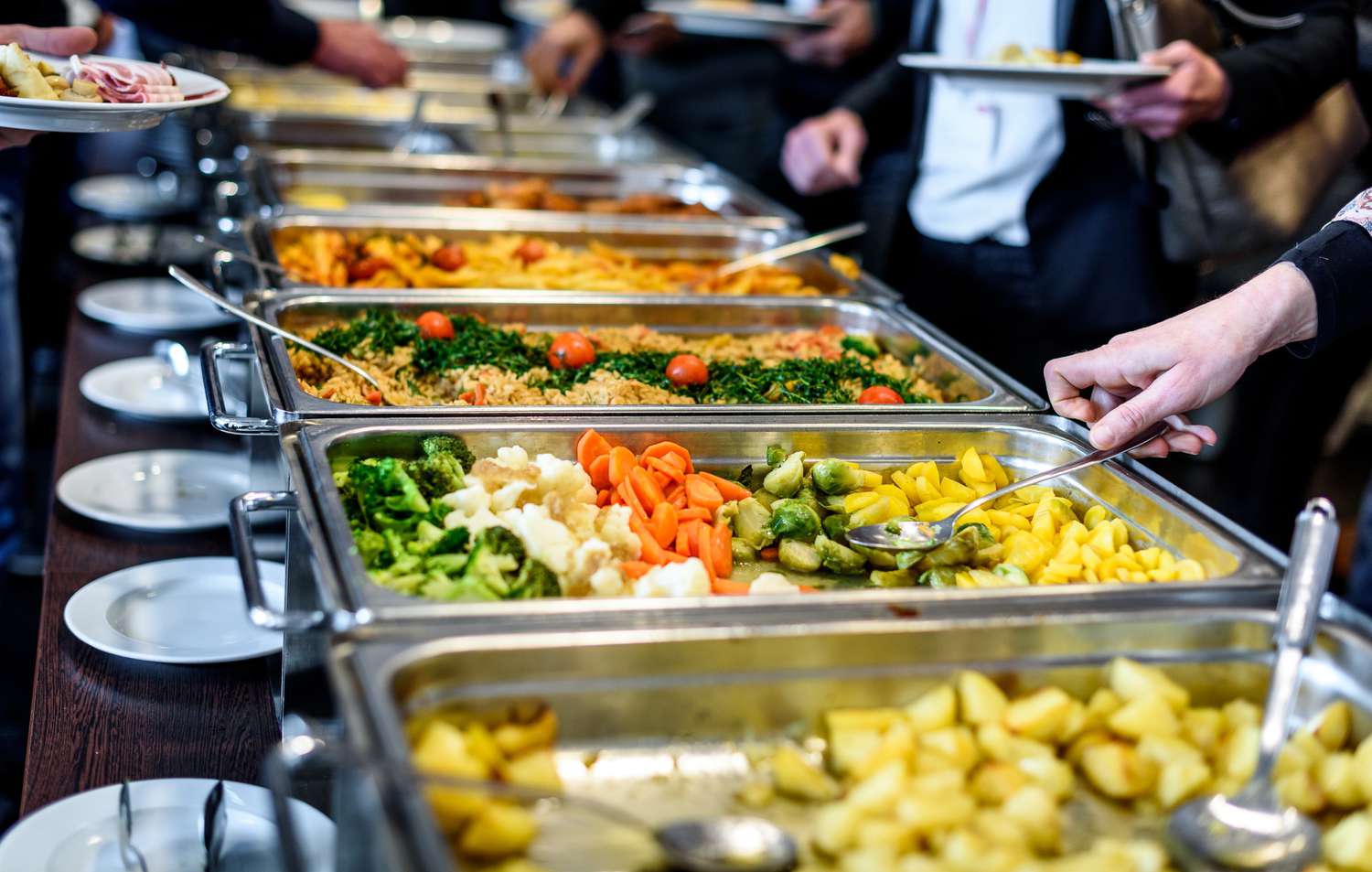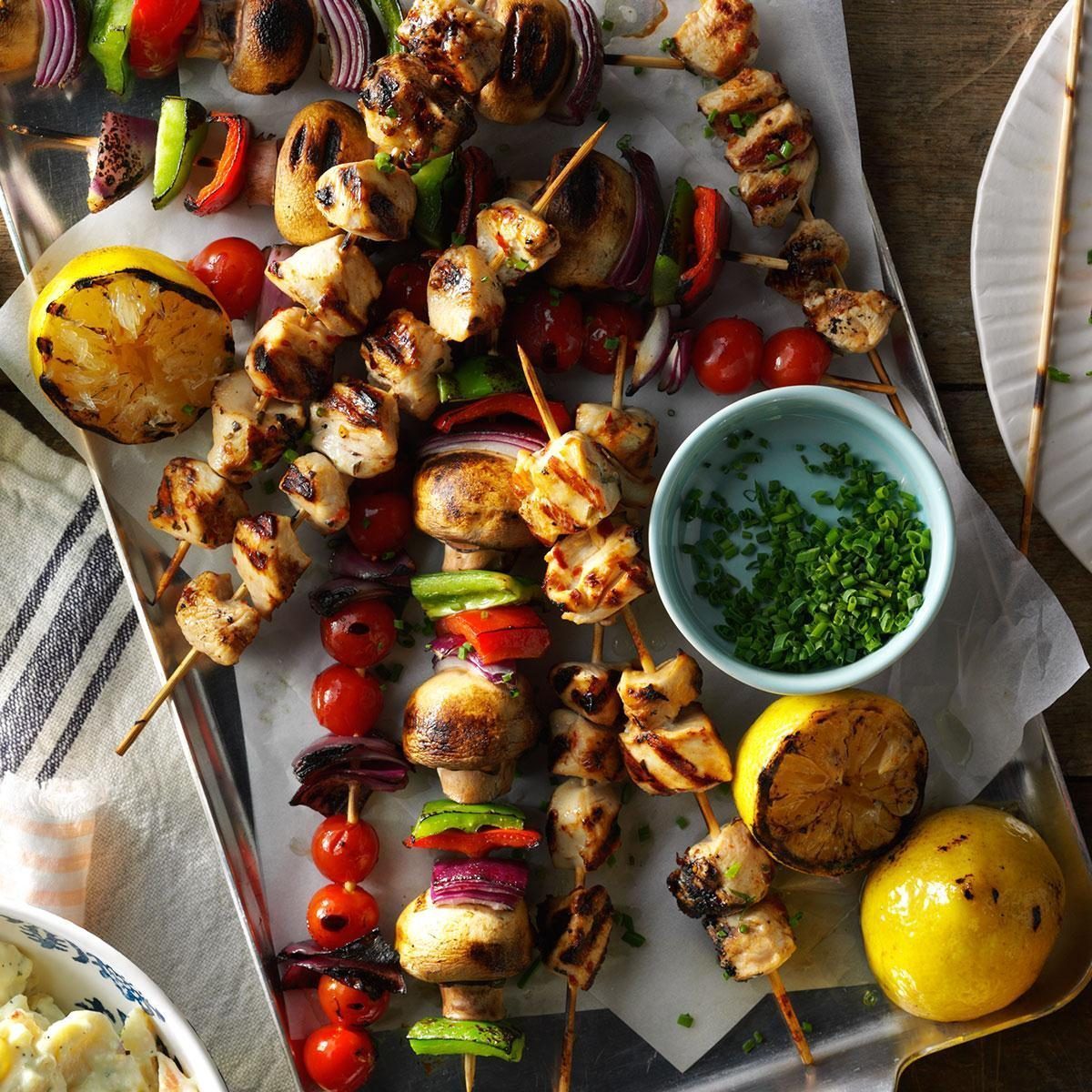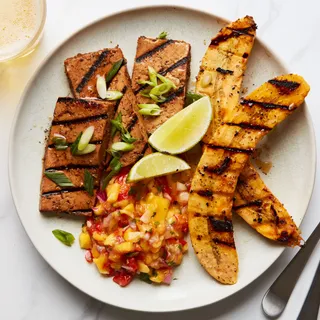Basic buffets are a type of meal service in which food is placed on a large table or counter and guests can serve themselves. This is a great option for events, gatherings or celebrations because of its flexibility, convenience and casual atmosphere. Buffets are ideal for large groups or those with diverse tastes and dietary requirements.
The Components that Make Up a Basic Buffet
-
Food Stands
- A buffet’s main feature is its food station. Here, dishes are arranged for easy access. The items are usually arranged in an orderly fashion, with the appetizers and salads being placed first, then main dishes, side dishes, and finally desserts.
- Basic buffets include a few items that are always present: one or more main dishes, two side dishes, salad and dessert. This simple menu ensures that guests are not overwhelmed by the variety.
-
Main Dishes
- The main buffet dishes that are most popular at basic buffets are simple, easy to prepare, and pleasing to the crowd. Some of the most popular choices are roasted chickens, baked pasta dishes or beef or chicken skewers.
- A carving station is available at some buffets, where servers slice meats such as roast beef or ham. This option is not included in the basic setup.
-
Side Dishes
- The side dishes can be mashed potatoes or rice pilaf with roasted vegetables. Or a pasta salad. The side dishes add color and variety to the buffet and appeal to different tastes.
-
Salads
- Salads are a refreshing, lighter option that is often at the top of the buffet. A basic buffet might include a salad with different toppings or a Caesar, as well as a classic pasta or potato salad. Dressings will usually be placed in separate containers.
-
Desserts:
- Desserts are a great way to finish off the meal. You could choose from a fruit salad, cake, cookies or brownies. Desserts tend to be small or pre-cut so that guests can easily grab them after the main meal.
-
Beverage Station
- There are many buffets that include separate drink stations with options like water, soda, tea, juice, coffee or other beverages. This allows guests to self-serve and helps maintain a smooth flow.
Buffet Setting Tips
Arrange dishes in a logical order to create a buffet that is both efficient and inviting. Start with the plates and then move on to the salads, main courses, sides, desserts. The guests will often grab the utensils, napkins and plates last.
Buffets are versatile and economical. They can also be easily adapted to a wide range of tastes, which is great for large groups. A basic buffet, with a few carefully chosen dishes and an organized setup, can be a simple but satisfying way to feed a large crowd. It encourages interaction and makes the meal more enjoyable.



